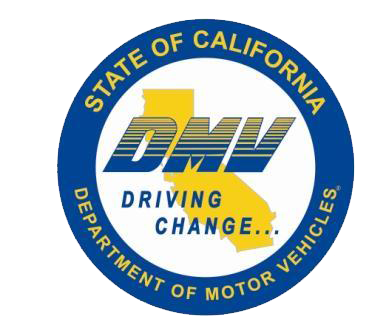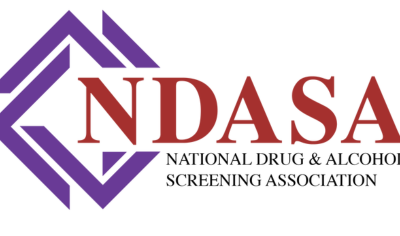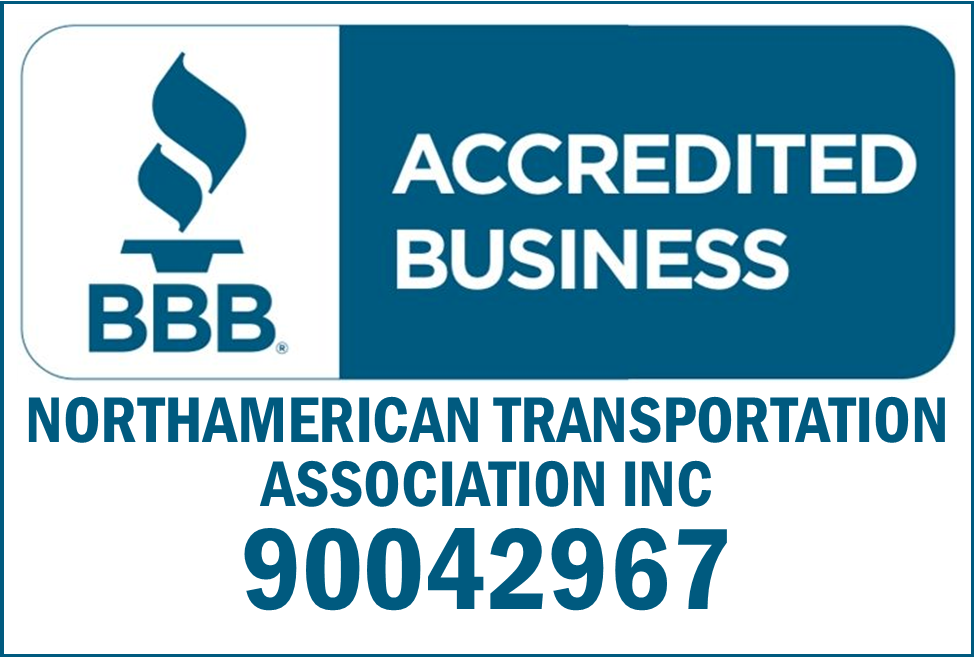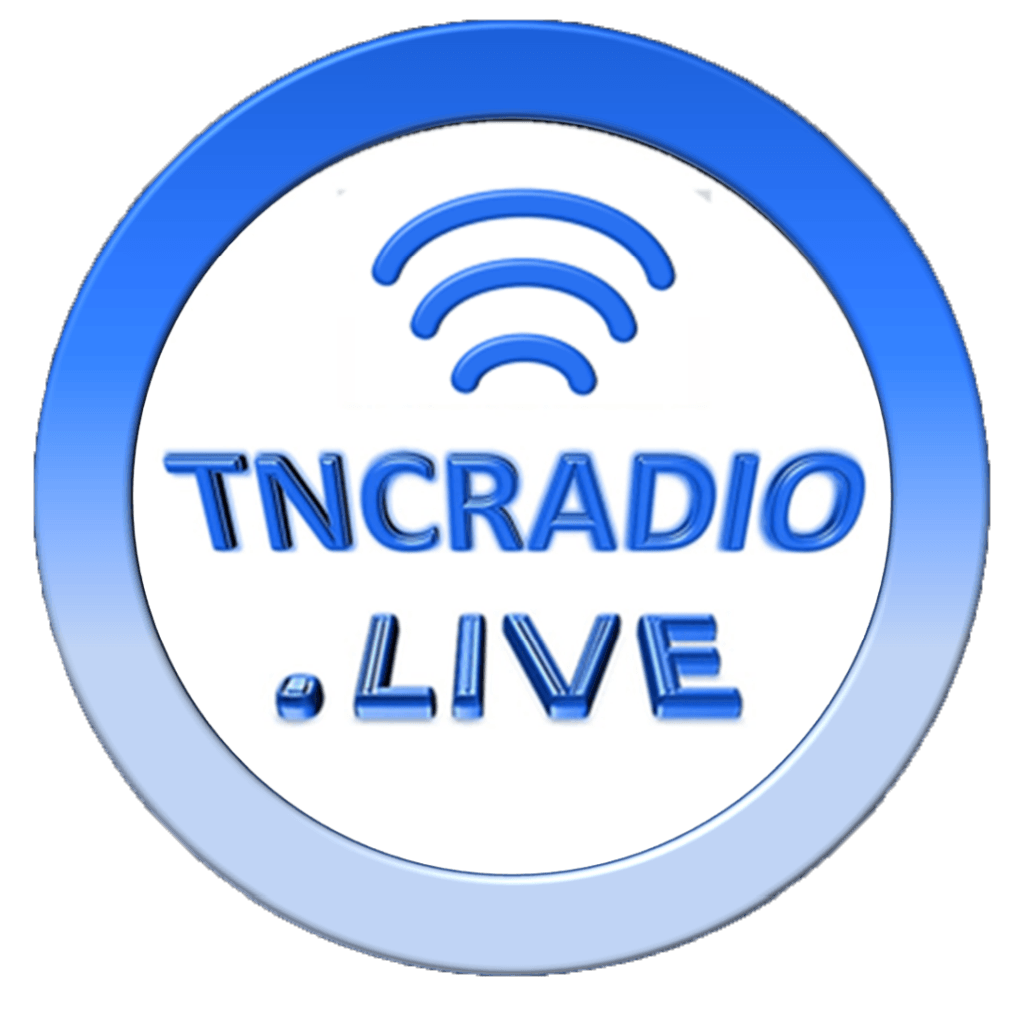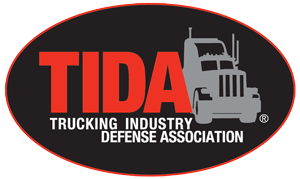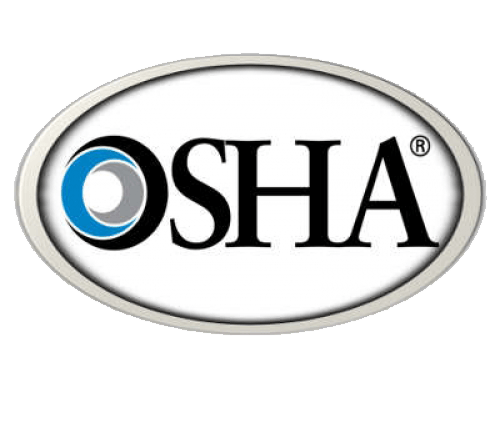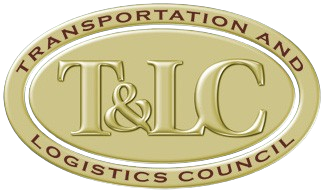Expect MORE Federal Trucking Regulations
As a motor carrier you have budgetary limits on your departments. As a truck driver you know some costs require pre-approval. Those limits exist to ensure the company has the cash flow needed for expenses. Through experience, you all have learned just how much things cost.
So, when a bill comes in over its budgeted amount or when an unexpectedly high cost arises out on the road, it’s often time for “the talk”:
- Is this expense really necessary?
- Can we do it cheaper?
- Are we getting the best bang for our buck?
That budget focus in trucking has its equivalent in government rulemaking. There, it’s called cost/benefit analysis. Cost/benefit analysis was instituted during President Jimmy Carter’s administration (D) and significantly enhanced under President Reagan(R) to require that regulatory benefits exceed regulatory costs. Things eased a bit under President Clinton(D), whose executive order only asked that the anticipated benefits “justify” the real-world costs.
As part of the government cost/benefit analysis, some proposals are considered “significant regulatory actions” and become subject to more intense scrutiny. There are other reasons a rulemaking may be deemed “significant,” but the cost/benefit relationship is a major one.
Think of it like an unanticipated bill – those proposed regulations exceeded the government budgetary limit (measured by “annual effect on the economy”) for rulemakings. It’s not that the “significant regulatory actions” would not be approved, but first, there would be “the talk.”
The government’s budgetary limit before rulemakings are considered “significant regulatory actions” is $100 million…or, to be precise, was $100 million. That’s because in April 2023 President Biden issued an executive order that doubled the threshold to $200 million. Certainly, regulatory costs have increased. But a $100 million jump in the threshold means many, many more regulations will not receive intense cost/benefit review.
The increased threshold under the April 2023 executive order has not slowed the flow of “significant regulatory actions.” According to analysis by the Competitive Enterprise Institute, significant rulemakings for economic reasons numbered 49 per year under George W. Bush ( Republican). They were 69 per year under Barack Obama, while the Biden administration is averaging 97 per year, with more proposed (Both Democrats)
So do you see the pattern here. It should be clear as day. Republicans are more for business, while Democrats just want to “tax” people through more regulations and fines.
So, what can you do? Two actions:
- Comment on every rulemaking. Address the substance of the proposal certainly, but also comment on the cost. That new reporting requirement, for example, may mean upgrading legacy computers and training administrative personnel – those are real-world costs.That extra 15 minutes a day needed for your truck drivers to stay in full compliance may mean missed deliveries or unavailable truck parking. That hits your bottom line.
- Tell your elected officials it’s time to have “the talk.” Are these regulations really necessary? Can we do them cheaper? Are we getting the best bang for our buck?
As the old saying goes, it’s not the elephant that will get you, it’s the mosquito. With the increased cost/benefit threshold at $200 million, there can be a lot of mosquitoes.
Content Disclaimer: Due to the constantly changing nature of government regulations, it is impossible to guarantee the total and absolute accuracy of the material contained herein or presented. NorthAmerican Transportation Association (NTA) cannot and does not assume any responsibility for omissions, errors, misprinting or ambiguity contained. NTA shall not be held liable in any degree for any loss, damage or injury caused by any such omission, error, misprinting or ambiguity present. It is made available with the understanding that NTA is not engaged in rendering legal, accounting or other professional service. If legal advice or other expert service is required, the services of such a professional should be sought.



